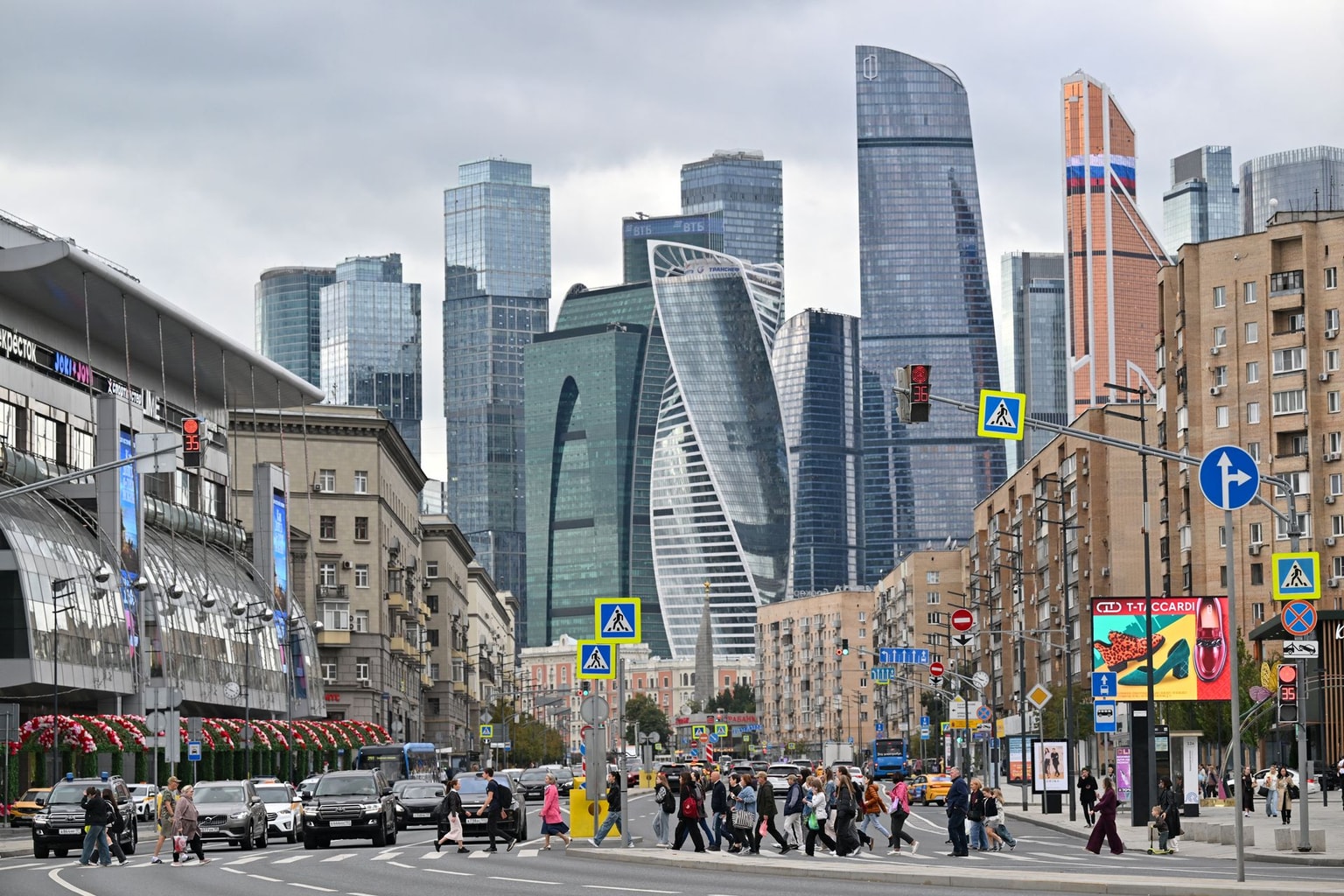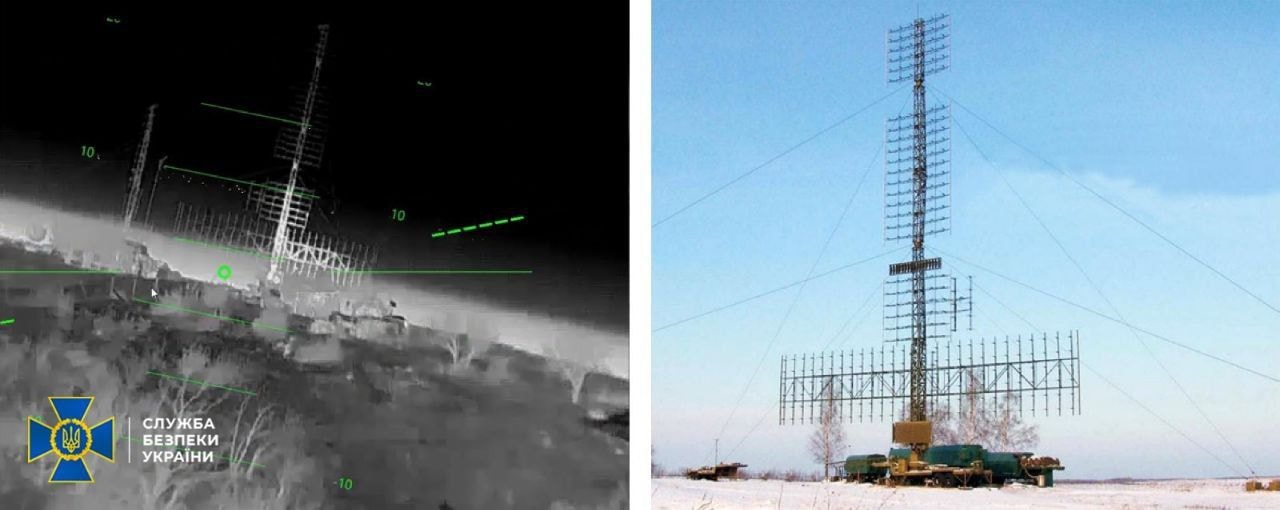How past Trump-Putin meetings went — and the clues they hold for Alaska

U.S. President Donald Trump is meeting Russian President Vladimir Putin in America — their first encounter since Trump’s return to the White House and Putin’s first visit to the U.S. in a decade.
Overall, this will be the seventh in-person meeting of Trump and Putin.
Their history has at times veered into the unconventional, with Trump on occasion meeting the Russian leader behind closed doors, without his own aides.
“Trump very much wants to make deals,” William Wohlforth, professor of government at Dartmouth College, told the Kyiv Independent. “Beyond that, it's all speculative, and we do have evidence that he occasionally does get frustrated with Putin's unwillingness to make concessions.”
Since returning to the office, Trump has repeatedly claimed he could end the Russia-Ukraine war “in a day,” citing his personal rapport with Putin as the key.
“He said it on many occasions, and he believes that he has some sort of rapport with Vladimir Putin and that he is uniquely capable of perhaps finding a way out of this conflict,” Wohlforth said.
Trump-Putin history dates back to 2016, when, according to U.S. intelligence agencies, Russia interfered in the U.S. presidential election.
“It all began with the 2016 election, and the dynamic has continued ever since,” political analyst Artem Bronzhukov told the Kyiv Independent, noting that Russia has directly or indirectly supported Trump in every presidential race since.
One of their most controversial encounters came in 2017 at the G20 summit in Hamburg. Trump and Putin held a two-hour meeting attended only by U.S. Secretary of State Rex Tillerson, after which Trump reportedly took away the interpreter’s notes. Later the same day, they met again — this time with only Putin’s interpreter present.

In the years that followed, Trump repeatedly relayed Putin’s denials of election interference, saying he believed the Russian leader when he told him Russia was innocent.
“I really believe that when he tells me that, he means it,” he said.
In 2019, during their sixth in-person meeting at the G20 summit in Osaka, Trump described their relationship as “very, very good,” adding that, “A lot of very positive things are going to come out of the relationship.”
A year later, Trump left office, and in 2022 Putin launched a full-scale invasion of Ukraine. “Their relationship essentially froze at the level it had reached in 2019,” Bronzhukov said.
When Trump returned to the White House, he hoped that personal connection could help secure a deal. But Moscow has shown no sign of making concessions, and Trump has admitted disappointment in Putin.
Ahead of the meeting, Trump said it would take him “two minutes” to determine whether there was a basis for future talks — discussions that could potentially include a trilateral meeting with Volodymyr Zelensky.
But according to Wohlforth, Putin will have far more time to convince Trump that Russia’s ceasefire demands are reasonable. It’s also unclear how Trump will respond to “a careful Putin-style presentation of the Russian perspective.”
“He’s going to want Trump to walk out of the meeting thinking that Russia’s positions and claims are reasonable and that the problem lies with Ukraine and Europe,” Wohlforth said.
He added that meaningful agreements usually require months of diplomatic groundwork, whereas in this case the preparation amounted to a single visit to Moscow by Special Envoy Steve Witkoff — someone “not particularly well informed on the details of the Russia–Ukraine war.”
“And finally, the main participant in this is Ukraine. You can’t get a peace deal if Ukraine doesn’t agree to it. And Ukraine isn’t at the summit,” Wohlforth said.










